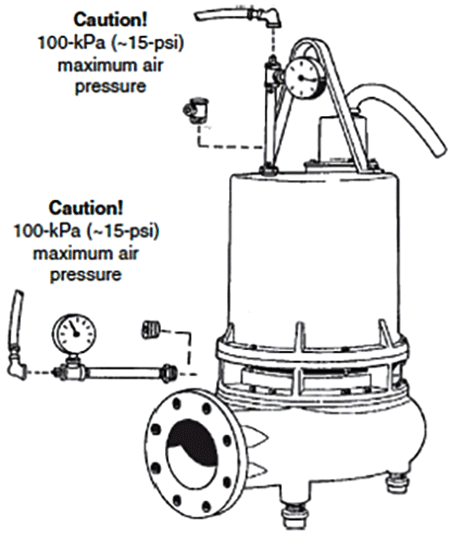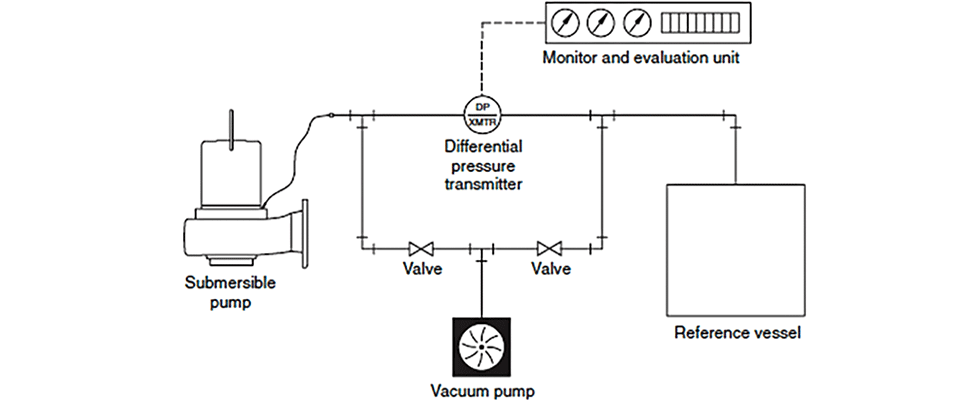
Are submersible pumps tested differently than nonsubmersible pumps?
Based on updates to testing standards in 2022, the following standards and associated tests apply to submersible pumps:

ANSI/HI 14.6-2022 Rotodynamic Pumps for Hydraulic Performance Acceptance Tests:
Hydraulic performance, net positive suction head required (NPSHr), hydrostatic pressure and mechanical integrity is tested per ANSI/HI 14.6.
ANSI/HI 11.6-2022 Rotodynamic Submersible Pumps for Mechanical and Electrical Acceptance Tests: Provides specific submersible testing requirements for electrical integrity and the mechanical integrity of the motor housing.
ANSI/HI 9.6.4-2022 Rotodynamic
Pumps for Vibration Measurement and Allowable Values:
Provides vibration acceptance testing procedure and levels, but excludes VS0.
In previous editions of the ANSI/HI 11.6 standard, it covered hydraulic performance, hydrostatic pressure, NPSHr and vibration tests. In coordination, these tests have been removed from the 2022 edition of ANSI/HI 11.6 and included in the 2022 editions of ANSI/HI 14.6 and ANSI/HI 9.6.4 respectively.
Of the tests listed, the only ones that are unique to submersible pumps are the electrical integrity of the motor and the mechanical integrity testing of the motor housing.
Electrical integrity tests include the following:
Electrical continuity and resistance test:
Several components on a typical submersible motor can be tested using resistance measuring instruments. These components include the motor winding electrical resistance, thermal sensors, some types of moisture sensors and certain other electronic sensing and control components.
Electrical megohmmeter resistance test:
This test is designed to measure the resistance of submersible motor electrical components relative to ground. The test will verify the insulation of the motor is acceptable and will indicate any moisture intrusion into the submersible motor housing(s).

Electrical high-potential test:
This test is conducted on a completely assembled motor to determine the adequacy of the insulation system. This test should only be performed once as multiple hi-pot tests will degrade the motor insulation. If any additional hi-pot testing is required after the initial test, see NEMA MG1 for guidance.
Mechanical integrity tests include the following:
- motor housing pressure test (Image 3)
- motor housing vacuum test (Image 4)
The mechanical integrity pressure tests may be conducted to ensure ingress does not occur when submerged.
For more information on submersible pump test, refer to ANSI/HI 11.6 Rotodynamic Submersible Pumps for Mechanical and Electrical Acceptance Tests at pumps.org.


